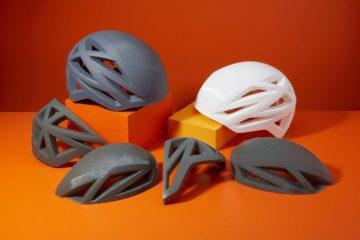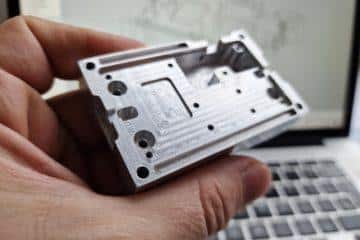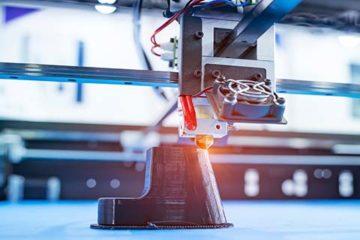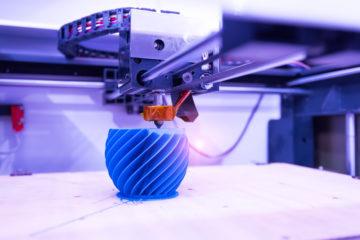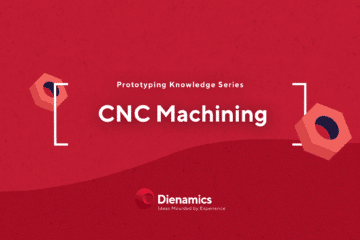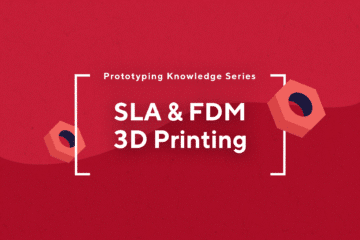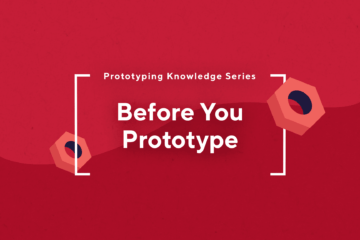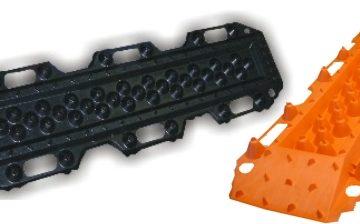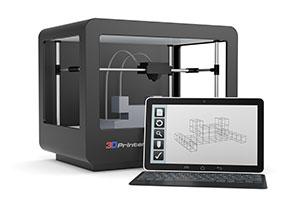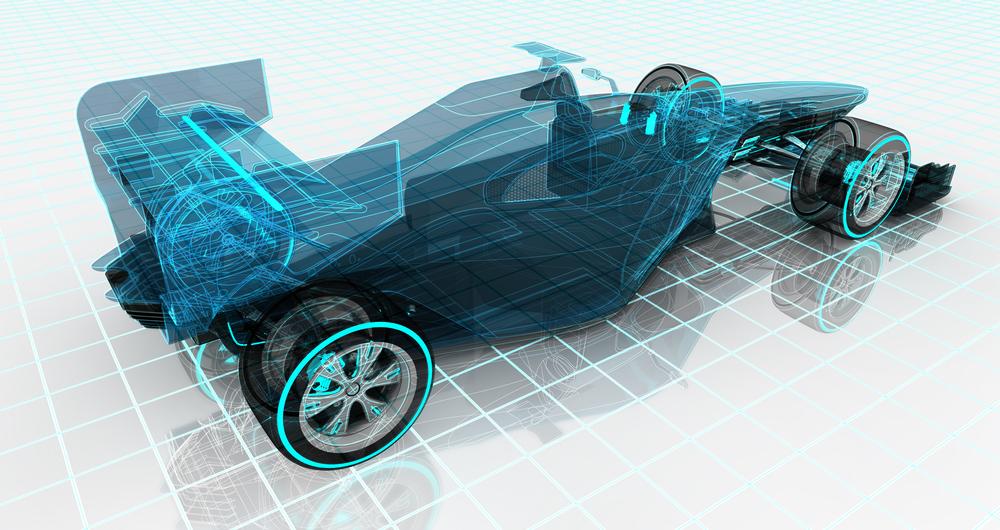
Producing a pre production model or prototype of your work before entering full-scale production affords you a large range of potential benefits and conveniences that can easily translate over into a more robust model and increased investment from buyers, whilst saving potential embarrassments further down the production line.
All of these things can and will impact your bottom line positively. Prototyping has advantages in research and development, quality control, sales, and can even help early pushes on digital marketplaces.
It creates a real, physical object that clients can touch
Tangibility matters. Whether you’re trying to impress potential investors or sell to a prospective customer, there’s a world of a difference between showing a schematic on paper or a CAD design and handing them a fully workable model that they can see, feel and examine closely.
People ascribe a high level of loyalty to things that they understand implicitly and can see in action. The more information that they have, the more likely they are to be emotionally invested – which is important, as even the most static business transactions still have a human element – so the probability that they will pursue investment or purchase increases. Having physical starting point that will demonstrate the basic idea of your product is extremely beneficial for future sales, and is something that all startups should be doing.
Clients know they’re not just buying a ‘promise’
Having a physical model also delivers customer expectations of reliability. Using a pre-production model allows you to come to the table with more than a future promise of a product – you have the product in front of you, ready to go, and all they need do is sign the dotted line.
Clients will know with assurance that you’ve moved past the conceptual stage of a product and aren’t selling them something that you haven’t fully tested and aren’t ready to debut as more than an idea or a future promise of quality. You’ll come off as confident and ready to immediately begin business.
On the other side, not having a model under these circumstances – especially if your product is new or attempts to take advantage of a new niche (or push an existing product out of its own niche) – you’ll have to deal with scepticism that your innovative work is nothing more than smoke and mirrors. Nobody wants to invest heavily in a new product that they can’t test out first.
This facet is most important during your angel investor or seed round of investment, where investors may be juggling up several similar, competing claims to sink their money into. Having a physical model should keep your product at front of mind, compared to those that are only in the design stage.
Sales vs testing prototypes
There is a clear difference between a testing prototype and a sales prototype. Testing prototypes are produced to test for aspects like design flaws and user experience; two critical factors that will lead to the success of a product.
Sales prototypes, on the other hand, are a way to build real buzz before your product is released. A sales prototype should focus on being innovative, exciting and impressive. The end goal is to increase investment and sales, so you should also work on promoting the release of your sales prototype whilst it is in development.
You can build excitement before the product releases
With a working pre-production model, you can begin any marketing and hype-building for a commercial product before it hits the shelves much easier. There are a number of ways you can build excitement and gain exposure in the lead up to a sales prototype launch:
- Produce an explainer video that builds anticipation about your upcoming product launch.
- If you’re a business with a customer email database, set-up an email sequence to inform your audience about the product development and launch.
- If your business is on Facebook, put some money behind targeted Facebook ads that promote your sales prototype to reach your ideal audience.
- If possible, create an event surrounding your product launch and take pre-orders.
An example of a company that has been doing this for years – with major success – is tech giant, Apple. Apple sets the bar extraordinarily high for new product launches, rolling out new products that are widely covered and highly anticipated. Crucial to their success are the keynote events that are held whenever a new product is about to launch. Apple maximises the live event to its fullest; they build suspense, bring their community together, tell stories and debut new products – whilst leveraging all of this via social media.
It’s a foolproof tactic that has worked wonders for the multinational over the last decade. While we realise that it’s near impossible to achieve the level of coverage that Apple receive with a new product launch, it’s still a great example to follow.
Depending upon your market sector, taking advantage of having a small number of pre production models can influence any media or intermediary sellers of the validity of your design. If you’re fortunate enough to work in a sector that has a lot of bloggers, media groups or a strong industrial review group attached to it, you can take this one step further and demo conceptual models before production begins in order to generate pre production excitement through their initial impressions.
As a final measure, businesses with an online storefront as their primary or secondary marketplace, or those who prioritise social media for early engagement, can use pre-production models within these pushes to generate early exposure for the product before production officially begins. This will increase not only exposure, but your SEO and overall brand reach.
Try prototyping for sales
Creating a pre production model of your work allows you to refine the design of your model and correct any deficiencies before entering full-scale production, which can save a considerable amount of time and money further down the production line. In addition to this, having a tactile sales model to present to investors and potential customers can help to push sales considerably.
At Dienamics we have experience working with a diverse range of prototyping projects – from investors and development companies, through to engineers and designers – and we are sure to have the right materials and techniques to match your prototype product. So if you have a pre production design that needs developing, contact Dienamics today for your high quality prototyping solutions.
Subscribe to Our Newsletter
Get the latest news from Dienamics into your inbox





